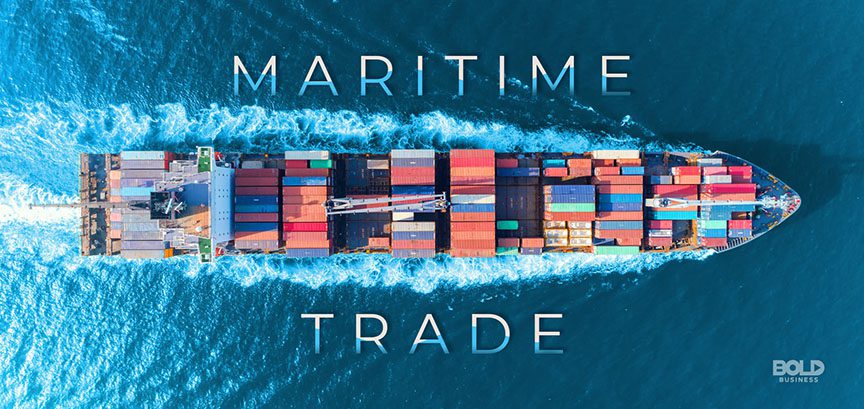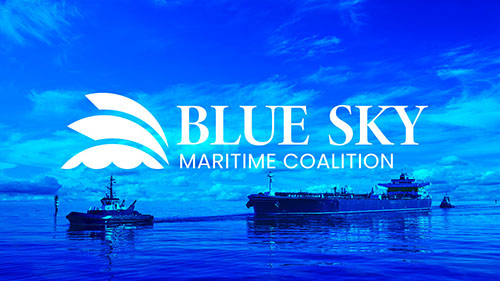1. Port Rules and Regulations
1.1 Vessel Entry and Departure
– Mandatory Notification: All vessels must submit entry/departure details to Korea Coast Guard (KCG) and Samcheonpo Port Authority (SPA) at least 24 hours in advance (MOF Regulation No. 2023-15).
– Documentation Requirements: Valid certificates including IMO SOLAS, MARPOL, Class Certificates, and crew documentation must be available for inspection.
– Anchorage Rules: Strict adherence to designated anchorage zones (SPA Notice No. 2022-08). Unauthorized anchoring may result in fines up to KRW 30 million (Maritime Safety Act Article 76).
– Quarantine Procedures: Full compliance with KDCA guidelines for infectious diseases including COVID-19 testing and maritime health declarations.
– Berthing Priorities: Commercial vessels have priority over recreational craft. Emergency vessels exempt (SPA Port Ordinance No. 7-2).
1.2 Navigation and Traffic Management
– Traffic Separation Scheme (TSS): Strict compliance with IMO COLREGs and local TSS maps issued by MOF (Maritime Safety Act Article 42).
– Speed Limits: 10 knots in general areas, 5 knots near terminals/anchorage (SPA Port Ordinance No. 5-3).
– Pilotage Requirements: Compulsory for vessels >500 GT or carrying hazardous cargo (SPA Regulation 12-1). Pilot requests must be submitted 12 hours in advance.
– VHF Communication: Continuous monitoring of VHF Channel 16 and Channel 12 (SPA Port Control) mandatory.
– Restricted Areas: No-entry zones clearly marked on official port charts (SPA Navigation Notice 2023-01).
1.3 Cargo Operations
– HAZMAT Handling: Prior approval required from SPA and KCG. Documentation must include:
– Material Safety Data Sheet (MSDS)
– IMDG Code compliance certificate
– Emergency response plan (MOF Hazardous Cargo Regulation 2021)
– Cargo Equipment Standards: Must comply with Korean Industrial Standards (KS) and undergo annual inspections (KS Certification Act).
– Dangerous Goods Declaration: Must be submitted 48 hours before loading/unloading (SPA Notice No. 2021-04).
– Container Weight Verification: Mandatory SOLAS VGM compliance for all containerized cargo.
1.4 Environmental Compliance
– MARPOL Compliance:
– Annex I (Oil): Zero discharge within 12 nautical miles (MOF Enforcement Decree No. 29812)
– Annex IV (Sewage): Discharge only via port reception facilities
– Annex VI (Air Pollution): Sulfur cap of 0.1% in Emission Control Areas (ECA)
– Ballast Water Management: Must comply with BWM Convention (2004) and MOF’s Ballast Water Management Act (2020).
– Garbage Management: Strict segregation and disposal per MARPOL Annex V; records must be maintained for 2 years.
– Noise Pollution: Vessels must comply with port quiet hours (2200-0600) unless emergency (SPA Environmental Regulation 9-3).
2. Compliance and Enforcement
2.1 Inspections
– Port State Control (PSC): Conducted by KCG under Tokyo MOU. Focus areas include:
– SOLAS compliance (life-saving appliances, fire safety)
– MARPOL compliance (oil record book, garbage management)
– ISPS Code compliance (access control, security drills)
– Deficiency Rectification: Vessels with critical deficiencies may be detained (Maritime Safety Act Article 89).
– Random Audits: SPA conducts unannounced checks on cargo securing and crew certifications.
– Pre-arrival Checklist: Mandatory submission 24 hours before arrival (SPA Form PS-2023).
2.2 Penalties
– Navigation Violations: Fines up to KRW 50 million (Maritime Safety Act Article 120).
– Pollution Offenses:
– Illegal oil discharge: KRW 100 million fine or vessel seizure (Marine Environment Management Act Article 66)
– False records: Criminal charges under Korean Penal Code Article 137
– Non-Compliant Cargo: Confiscation and fines up to KRW 20 million (SPA Cargo Regulation 8-2).
– ISPS Violations: Immediate expulsion from port and potential blacklisting (SPA Security Directive 5-11).
2.3 Emergency Protocols
– Accident Reporting: Immediate notification to KCG via VHF Channel 16 or SPA emergency line.
– Spill Response: Vessels must carry oil spill kits per SOLAS and MOF’s Oil Pollution Preparedness and Response Act.
– Fire Safety: Monthly fire drills and equipment inspections (SOLAS Chapter II-2).
– Man Overboard Procedures: Mandatory immediate action protocol (SPA Safety Regulation 15-4).
3. Crew Safety and Welfare
3.1 Training and Drills
– Mandatory Training: Annual courses in firefighting, first aid, and abandon ship (STCW Regulation VI/1).
– Drill Records: Logs must include date, participants, and scenarios; retained for 3 years (MOF Crew Welfare Directive 2022).
– New Requirements: Cybersecurity awareness training for all officers (IMO MSC.1/Circ.1526).
3.2 Medical Requirements
– Medical Kits: MOF-approved supplies (e.g., medicines, defibrillators) as per vessel size (STCW Regulation VI/4).
– COVID-19 Measures: Testing/quarantine per KDCA guidelines; updates published on SPA website.
– Mental Health: Crew access to counseling services (Korean Seafarers’ Welfare Act 2021).
– Work/Rest Hours: Strict compliance with MLC 2006 requirements; records subject to inspection.
4. Port Infrastructure Details
– Main Terminals:
– Samcheonpo Container Terminal (Max draft: 14m)
– Bulk Cargo Terminal (Capacity: 50,000 DWT)
– Oil Terminal (Class 1 Dangerous Goods handling approved)
– Port Services:
– 24/7 tugboat availability (minimum 2 tugs required for vessels >200m LOA)
– Bunkering facilities (LSFO and MGO available)
– Fresh water supply at all berths





